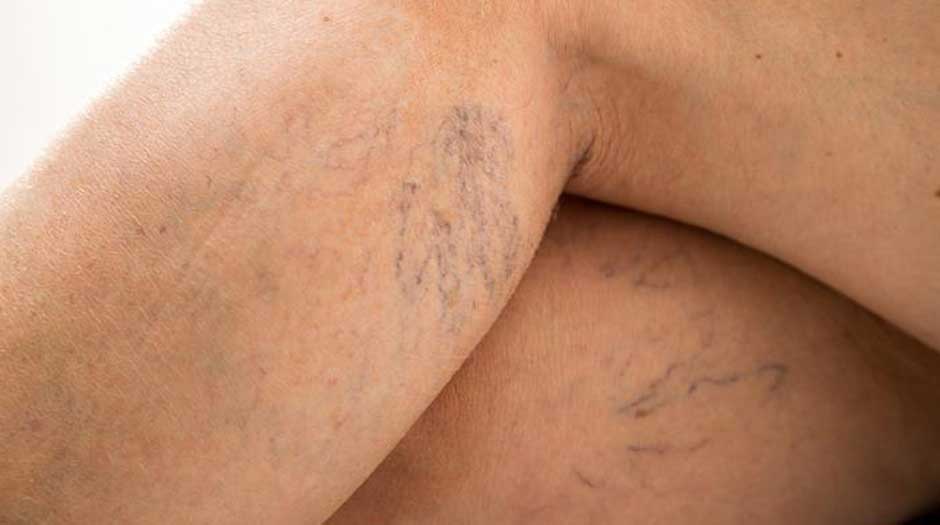Spider veins, medically known as telangiectasias, are tiny, thin blood vessels that appear close to the skin’s surface. Given their jagged, branching pattern, they’re often likened to spider webs or tree branches. Although Spider veins are typically harmless, they may pose an aesthetic concern for many people, particularly when they appear on visible areas such as the legs or face.
What Triggers Them?
Genetic Factors
This condition is often a family affair. If your parents or grandparents had such a problem, you might be more likely to develop them. Although people can’t change their genetic makeup, being aware of a potential predisposition can inspire proactive steps towards prevention.
Age
As humans age, the veins lose their elasticity and valves weaken, causing blood to pool and veins to dilate. This phenomenon leads to the formation of such a condition, making it a common occurrence in older adults.
Hormonal Changes
Hormonal shifts, particularly those experienced during pregnancy, menopause, or from using birth control pills, can prompt the development of telangiectasias. The expansion in blood volume during pregnancy can put additional pressure on vessels, leading to their expansion.
Prolonged Standing or Sitting
Professions that require prolonged standing or sitting can increase your risk of this medical condition. These positions hinder blood flow from the legs to the heart, causing blood vessels to enlarge.
Obesity and Inactivity
Excess weight puts additional pressure on human veins, and a sedentary lifestyle contributes to poor circulation, which can enhance the risk of developing such a nuisance.
Strategies to Halt the Progression of Telangiectasias
Knowing the causes is half the battle; the other half involves taking appropriate measures to stop these pesky veins in their tracks.
Lifestyle Adjustments
Maintaining a healthy weight and staying fit are vital to promoting good vascular health. Regular exercise, especially walking or swimming, can boost blood circulation and strengthen one’s blood vessels, keeping Telangiectasias at bay.
Dietary Modifications
Incorporating a diet rich in flavonoids can help shrink your spider blood vessels. Foods such as oranges, strawberries, spinach, and garlic improve blood circulation, reducing the pressure on your veins. Additionally, reducing salt can prevent water retention, exacerbating this problem.
The Right Attire
Avoid wearing tight clothing around your waist, legs, or pelvis, as it can restrict blood flow. Shoes with lower heels can help tone your calf muscles, improving circulation. Compression stockings may also be beneficial, as they steadily squeeze your legs, helping veins and leg muscles move blood more efficiently.
Switch Up Your Routine
If your job needs long periods of sitting or standing, try to change your position frequently to encourage blood flow. Regular breaks where you elevate your legs can also help counteract the effects of gravity on blood circulation.
Telangiectasias: Not Just a Cosmetic Concern
Although such a condition is usually harmless, it can sometimes cause discomfort, such as itching or burning. Moreover, its presence could be a sign of underlying venous disease. Therefore, seeking medical advice is essential if you notice such veins’ appearance or if they cause any discomfort.
Conclusion
While often perceived as a minor, aesthetic nuisance, Spider veins can serve as a wake-up call, nudging people towards healthier lifestyle choices. Recognizing the causes of these tiny, visible veins helps them appreciate the importance of regular exercise, a balanced diet, and maintaining optimal body weight.

